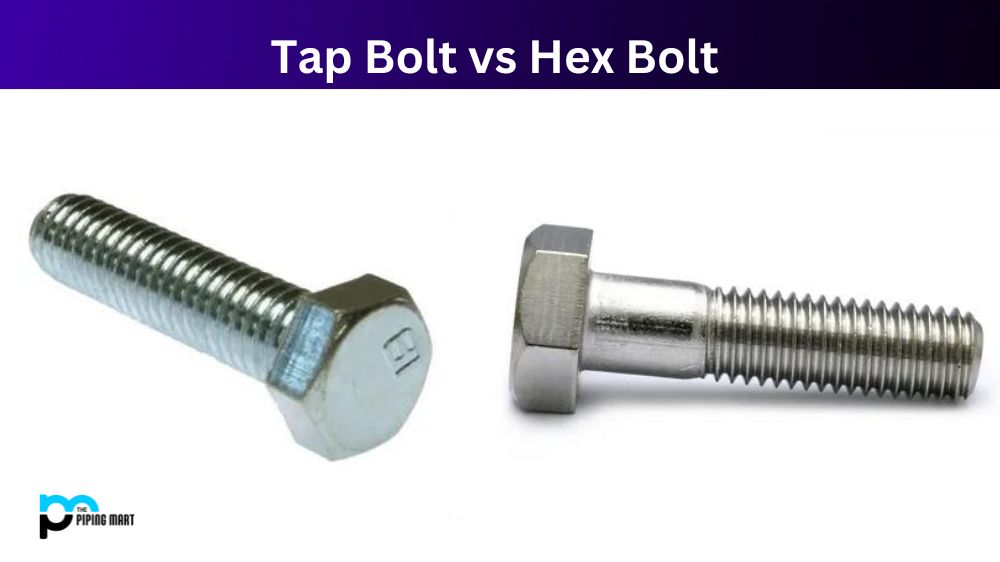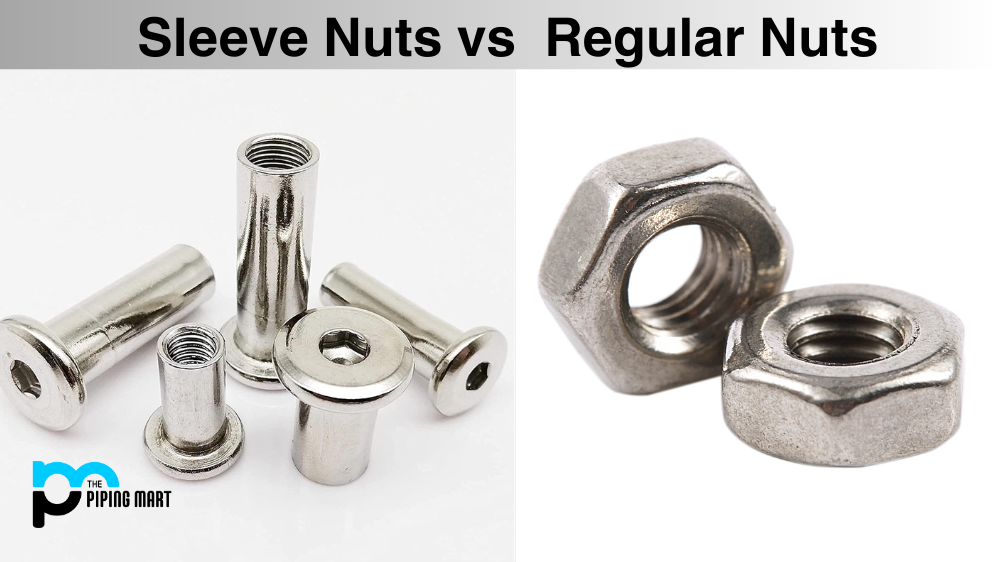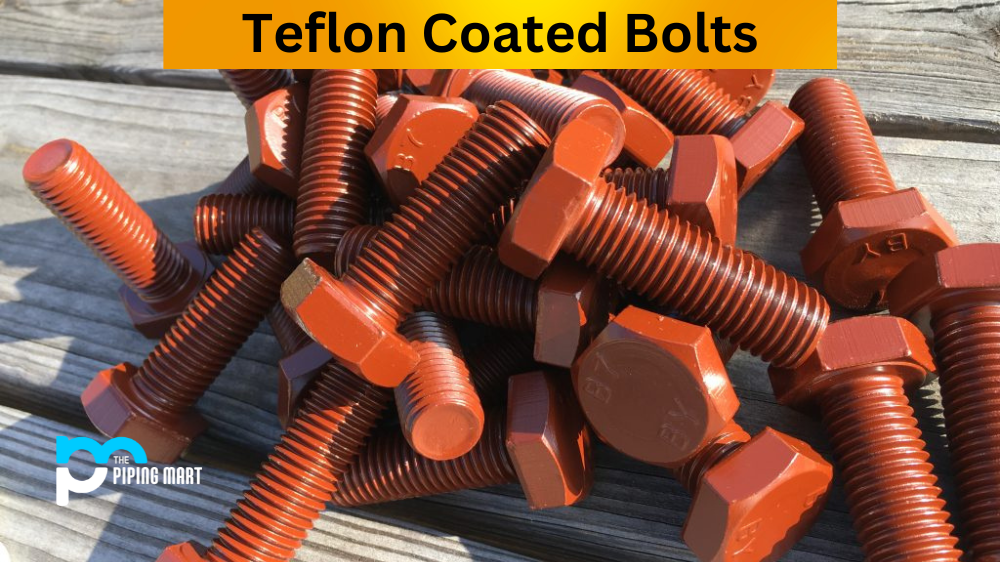When working on a DIY project or undertaking a construction project, you’ll come across various bolts. The two most common are tap bolts and hex bolts. Although they may seem similar, their differences set them apart. This post will discuss the difference between tap and hex bolts and when each is appropriate.
What is Tap Bolt?
Tap bolt, also known as a tapping screw or thread-cutting screw, is a fastener used to create internal threads in a tapped hole. It has a truncated cone shaped head with coarse or fine pitch threads and sharp cutting edges on the tip that cut into the fastened material. Tap bolts are typically installed using hand tools, although power tools can be used for heavier workloads.
What is Hex Bolt?
A hex bolt is a fastener usually used in construction and engineering. It has six sides with a head on one end and a threading on the other for secure tightening. Hex bolts are typically made from steel, although other materials such as stainless steel, brass or bronze can also be used depending on the application. Hex bolts provide an incredibly strong connection between objects with high tensile strength and superior resistance to shearing forces.
Difference Between Tap Bolt and Hex Bolt
Structure
The main difference between hex and tap bolts is their structure. A hex bolt, also called a hex head bolt, has a hexagonal head used for tightening or loosening. On the other hand, a tap bolt has a smooth, cylindrical head. Tap bolts have threads cut on the shank, allowing for a better hold on the material it is inserted into.
Application
Regarding application, hex bolts are versatile and widely used in various projects. They’re often used in structural steel, automotive, and industrial settings. Hex bolts are preferred in heavy machinery and high-stress environments because they have a wider surface area than other bolts, providing better stability. Tap bolts, on the other hand, are ideal for use in machinery with movement or vibrations. They are often used for tasks that require a flush surface for smooth operation.
Holding Capacity
Another notable difference between these two types of bolts is their holding capacity. Hex bolts are stronger and can be more reliably used in applications where heavy weights are involved. Tap bolts are used for lighter applications and have a lesser holding capacity than hex bolts. They are best for holding lightweight to medium loads and are typically used in woodworking, cabinetry, or furniture.
Length
Hex bolts and tap bolts both come in different lengths and dimensions. However, hex bolts may come in longer lengths, particularly in industrial uses such as construction and manufacturing. On the other hand, tap bolts are typically shorter and thinner, which makes them ideal for use in different types of machinery and equipment.
Appearance
Finally, hex bolts and tap bolts have different appearances. Hex bolts often come with zinc plating, stainless steel, and other metal finishes to improve their outlook and performance. They are available in a range of bright colours. Conversely, tap bolts are often left untreated and plain due to their intended use. They are typically small and not visible, hiding within the machinery where they are used.
Conclusion:
In summary, hex bolts and tap bolts are important in different applications. Understanding their differences is essential to ensure that you use the appropriate one in your project. Hex bolts are used for heavy applications such as construction and automotive sectors, whereas tap bolts are used in machines that require a flush surface. By knowing the difference between the two, you can ensure your project is secure and reliable.
Sakshee is a talented blogger, with a particular focus on the Business and Metal Industry. She is passionate about sharing her insights on various metal products and helping professionals to make a better decisions.




